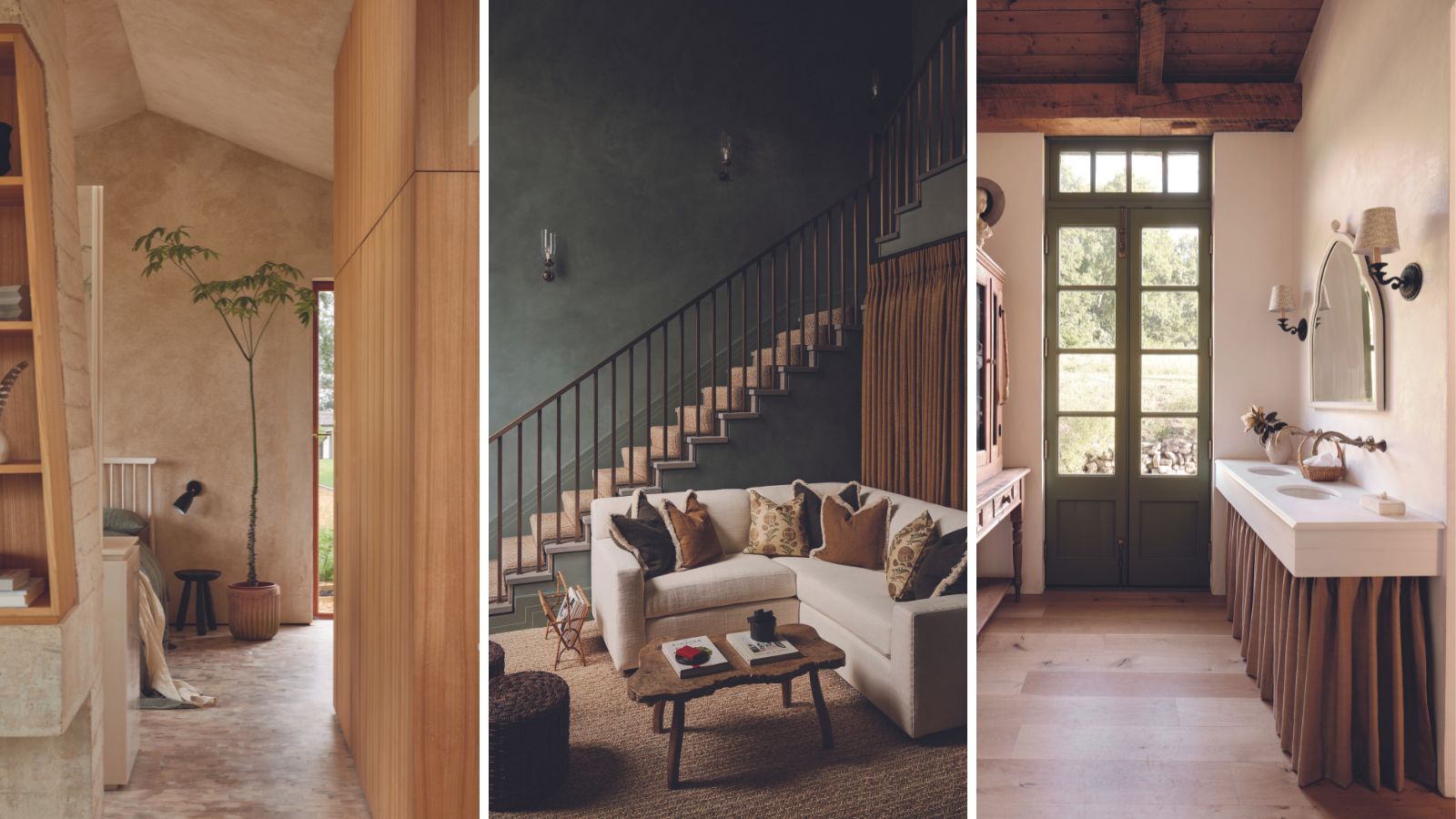Many of us feel a great sense of connection to nature and the outdoors. The strong link between being outdoors and positive mental health has been proven, and for a lot of us, nature is what we seek out when we feel frazzled by the challenges of daily life. This might explain why more of us are embracing natural elements in our schemes, opting for earthy palettes rich with rustic textures and characterized by organic building materials like stone, plaster, and wood.
Helping to create a grounding and relaxing space, taking inspiration from the beauty of the outdoors for our will create a home that will feel utterly timeless. We spoke to a host of interior design experts about how they incorporate natural elements into their projects and the effect they can have on a space. Here's what they had to say.

Clay plasters have been used in the building of homes for thousands of years but today is seeing a resurgence in popularity. The reason is twofold. Aside from their characterful finish, using unfired clays and sands is a more sustainable alternative to gypsum plaster and paint – it allows buildings to breathe and absorb indoor humidity.
Also, left exposed and unpainted they lend an on-trend muted, cloudy aesthetic. Interior designer used a product from for the walls of this sitting room in a 16th-century Cotswolds barn which she worked on. At the center is a stunning reclaimed French limestone fireplace.
Stripping back layers to reveal the construction of any historic property .
















